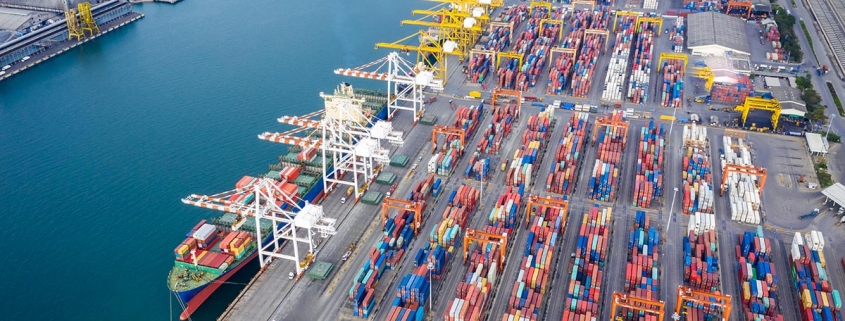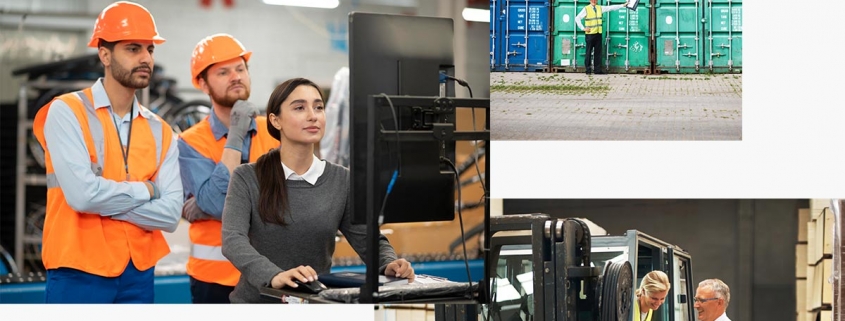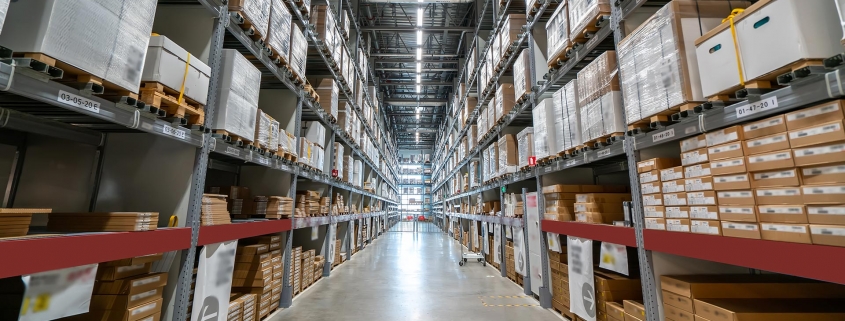Hello everyone! Today, we’re going to discuss how to address intellectual property (IP) issues in global supply chains. With the growth of global trade, protecting intellectual property has become a crucial topic in international logistics. Let’s dive in!
In a globalized supply chain, intellectual property issues encompass various aspects, such as product design, manufacturing, and distribution. Protecting intellectual property rights is not only essential for companies but also the foundation of innovation and development. So, how can we tackle these issues?
Firstly, companies need to establish robust intellectual property management systems. This includes registering and protecting their own intellectual property while also respecting the intellectual property of others. Implementing internal training and awareness programs can enhance employees’ understanding and importance of intellectual property.
Secondly, strengthening collaboration and communication is key. Building trust with suppliers and partners and jointly formulating compliance policies and measures are crucial. Regular intellectual property audits should be conducted to promptly identify and resolve issues, ensuring the security of intellectual property in the supply chain.
Furthermore, companies can seek legal protection. Upholding their intellectual property rights through legal means, such as litigation and claims, helps safeguard their interests. It is also essential to stay updated on international intellectual property laws and policies to adjust and adapt accordingly.
In summary, addressing intellectual property issues in global supply chains requires comprehensive efforts and collaboration from companies. Protecting intellectual property not only benefits their own development but also contributes to fostering a fair competitive market environment.
InternationalLogistics #IntellectualProperty #SupplyChainCompliance #CollaborationAndCommunication











